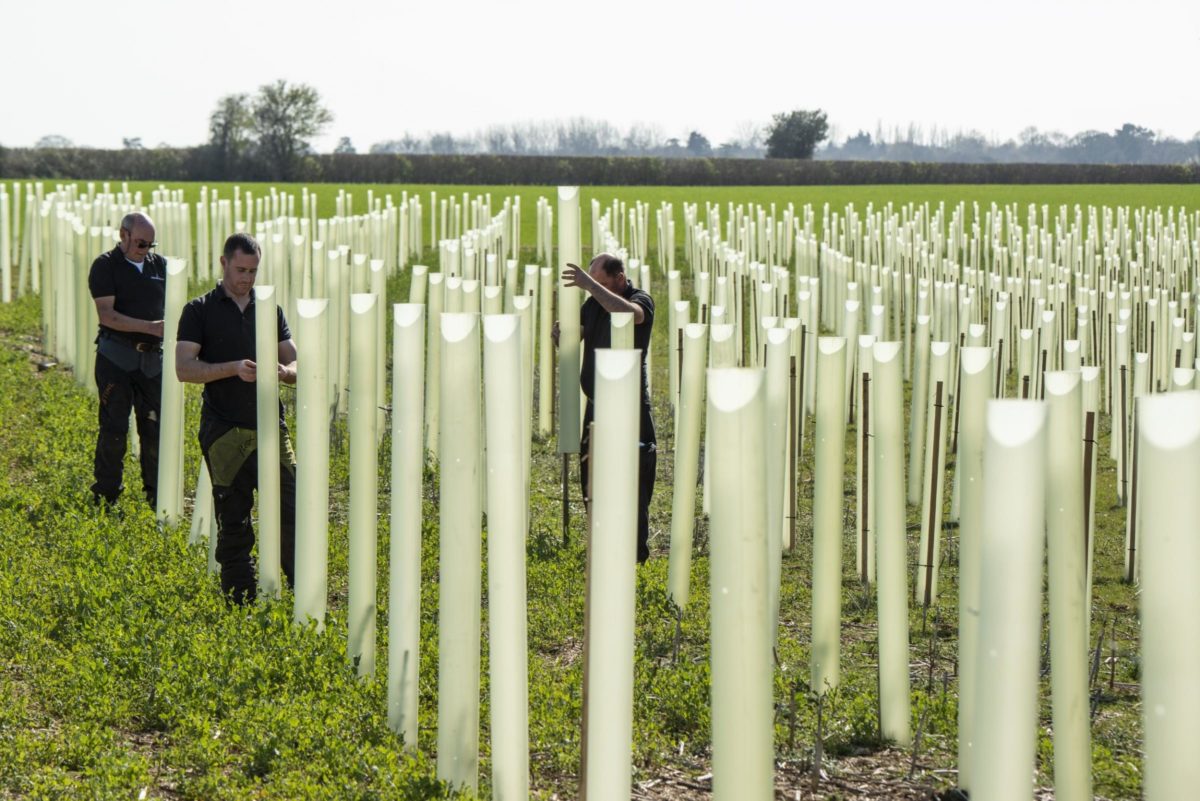
Combatting Climate Change: Blenheim’s biggest battle
We are taking up the battle against Climate Change, to ensure that we not only preserve Blenheim for future generations, but also the planet.
In 2017, we made a five-year pledge to become a net generator of green energy. We are on track to hit this goal in March 2022 through significant energy savings by converting to electric cars, LED lighting and insulating roofs across the estate. We have also focused efforts on green renewable energy projects including biomass, solar and hydro power… but we are not stopping there.
By 2027, we will become carbon neutral on scopes 1-3 of the Greenhouse Gas (GHG) protocol across all operations and, beyond that, we will remove 230,000 tonnes of CO2e from the atmosphere by 2050.
We have put together a report on how we will achieve this through reducing Carbon Emissions, Carbon Offsetting, and how we are working with partners to help us achieve this ambitious goal. To find out more about the work we are doing on Climate Change visit our website blenheim.org/green
Dominic Hare Q&As on climate change
Doesn’t running the Christmas light trail consume a lot of carbon?
Probably less than you think – a few years’ ago research around a similar event suggested that, provided visitors switched their own lights off as they left home, we probably overall saved carbon by running the event. I doubt that this analysis properly factored in the carbon embedded in our visitors’ journeys.
I want to make two big today points, then one longer term one. Today, the important point is to make every activity we do as carbon inoffensive as we can. It doesn’t matter if today the activity is carbon negative or carbon positive. Just because something is already carbon negative, does not mean that we cannot save even more carbon beyond this. Indeed the biggest opportunities may lie in things we already do which are already quite carbon negative – forestry for example. The light trail may be roughly carbon neutral but, as some of you have rightly pointed out, we can go much further… and we will. Switching to much lower carbon diesel (HVO) in the short run is the easier step but we will want to go further. As we sustainably generate more and more of our own electricity, and as battery storage solutions become more practical and more powerful, we expect to transition to this much greener solution. This is not us saying “we will do it when we can or when it is cheap” – we intend to drive this kind of change and invest into it. It isn’t easy, but very little worthwhile is.
I have never believed that we should cease productive economic activity because of climate change. The crucial point to me is that we strain every sinew to make these activities as climate friendly as possible. Those that cannot be made climate friendly must be fully offset or then stopped. That journey starts now and we have to work quickly.
In the longer term, we have to transition at least 50% of our customer journeys to green journeys in the next five years. This must include the light trail – a tough ask given the number of young families coming in the evening. We have often used park and ride/buses in the past but, while this helps parking, it largely only addresses the final leg of the journey. We are clearly going to have to work hard to arrange green transport from key locations, enable easier cycling journeys, electric car charging, etc. This starts next year and will take many years but it is part of a sustained effort across our year round business (it is just especially hard for Christmas lights).
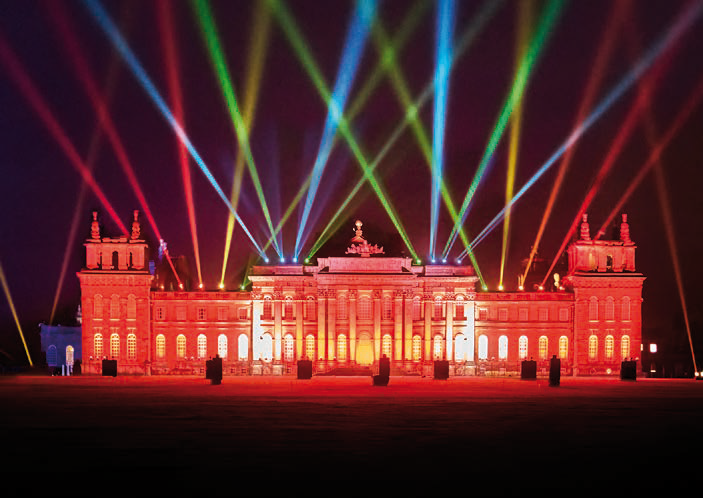
Ensuring that this spectacular, much loved and important event is made as sustainable as it can be is essential. Please switch your lights off as you set out to see this year’s spectacular trail!
Isn’t building lots of new homes the worst thing you could do for the climate?
If new homes weren’t needed, the answer would generally be yes – but they are. We need a lot of new homes and the unaffordability of local homes is clear evidence of this dire shortage.
Yet we clearly need to deliver these homes in the most sustainable way possible. A lot needs to change, both in terms of the carbon embedded in the construction of these homes, and in the type of homes we build and how this affects the carbon used across the life of that home.

At Church Farm Radley, we are already building homes away from the gas network, with heating supplied by air source heat pumps and much of the electricity provided by solar panels. These homes will be very carbon efficient through their lives and already achieve standards four years into the future.
When we break ground at Hill Rise, we will go one step further, building to full Passivhaus specifications and reducing/offsetting all the carbon in the construction phase. These homes will be an ambitious statement of what truly green housing can look like and they will be coming a full nine years before the RIBA 2030 standards.
We also design these communities to function differently, with a greater emphasis on local green spaces, shared community assets and gentle dissuasion of the use of motor cars. They will sit on lovely pedestrian and cycle routes, with easy access to public transport.
We will push harder than ever over the next few years to reduce as much carbon as we can from our home-building activities (and every single one of these benefits will apply equally to our truly affordable homes too).

More in Sustainability
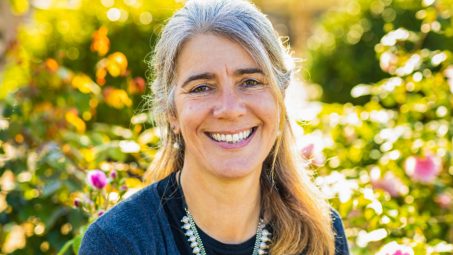
The Art of Horticulture, Design, and Woodland Creation at Nicholsons
At Nicholsons, the blend of horticultural expertise, creative design, and environmental responsibility comes together to create breathtaking landscapes and future-proof woodlands. Managing Director Liz Nicholson shares insights into how the company continues to innovate in these areas, staying true to its values of creativity, passion for the planet, and dedication.
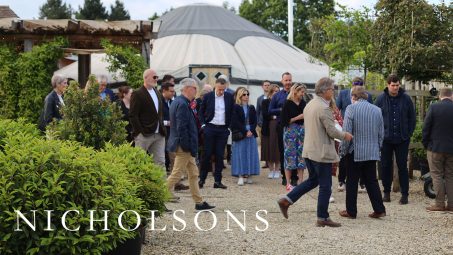
The Core Values Driving Nicholsons: Creativity, Passion, and Dedication
At the heart of Nicholsons lies a team of over 200 individuals, bound together by shared values that shape every aspect of their work. These values—creativity, passion for the planet, and dedication—are not just words but guiding principles that drive innovation, sustainability, and customer-focused solutions.
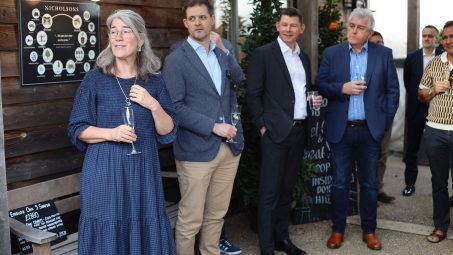
Liz Nicholson & Nicholsons: A Leading Force in Environmental Services
At Nicholsons, sustainability and innovation come together to create a seamless approach to forestry, landscaping, and ecological consultancy. In this insightful interview, Liz Nicholson, Managing Director of Nicholsons, introduces the company’s mission, expertise, and the value they bring to clients.
From this author
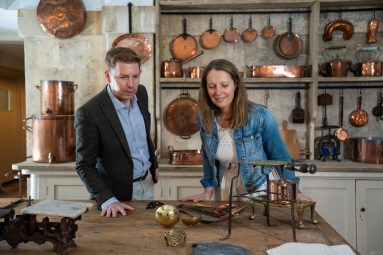
Experience ‘Life Below Stairs’ at Blenheim Palace: all-new visitor experience unveiled
From 29th March, step into history as Blenheim Palace unveils ‘Life Below Stairs’ – a groundbreaking new visitor experience that brings the hidden world of Victorian service to life like never before. The experience is set within some of the original working kitchens, open to visitors for the very first time.

Christmas and 2026 group bookings announced at Blenheim Palace with trade pricing...
Blenheim Palace is delighted to announce the highly-anticipated theme of Christmas at Blenheim for 2025 – Palace of Oz where groups can enjoy an enchanting festive experience with exclusive trade pricing.
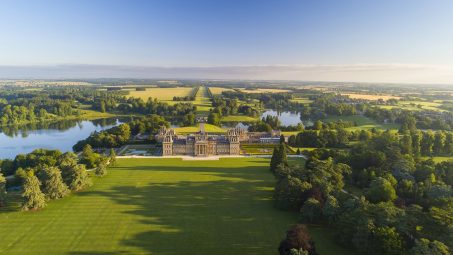
Britain’s Greatest Palace like you’ve never seen it before: Blenheim Palace announces...
Blenheim Palace has announced a series of once-in-a-lifetime views and visitor experiences which will only be available for a limited time due to the launch of its most ambitious restoration project to date.


